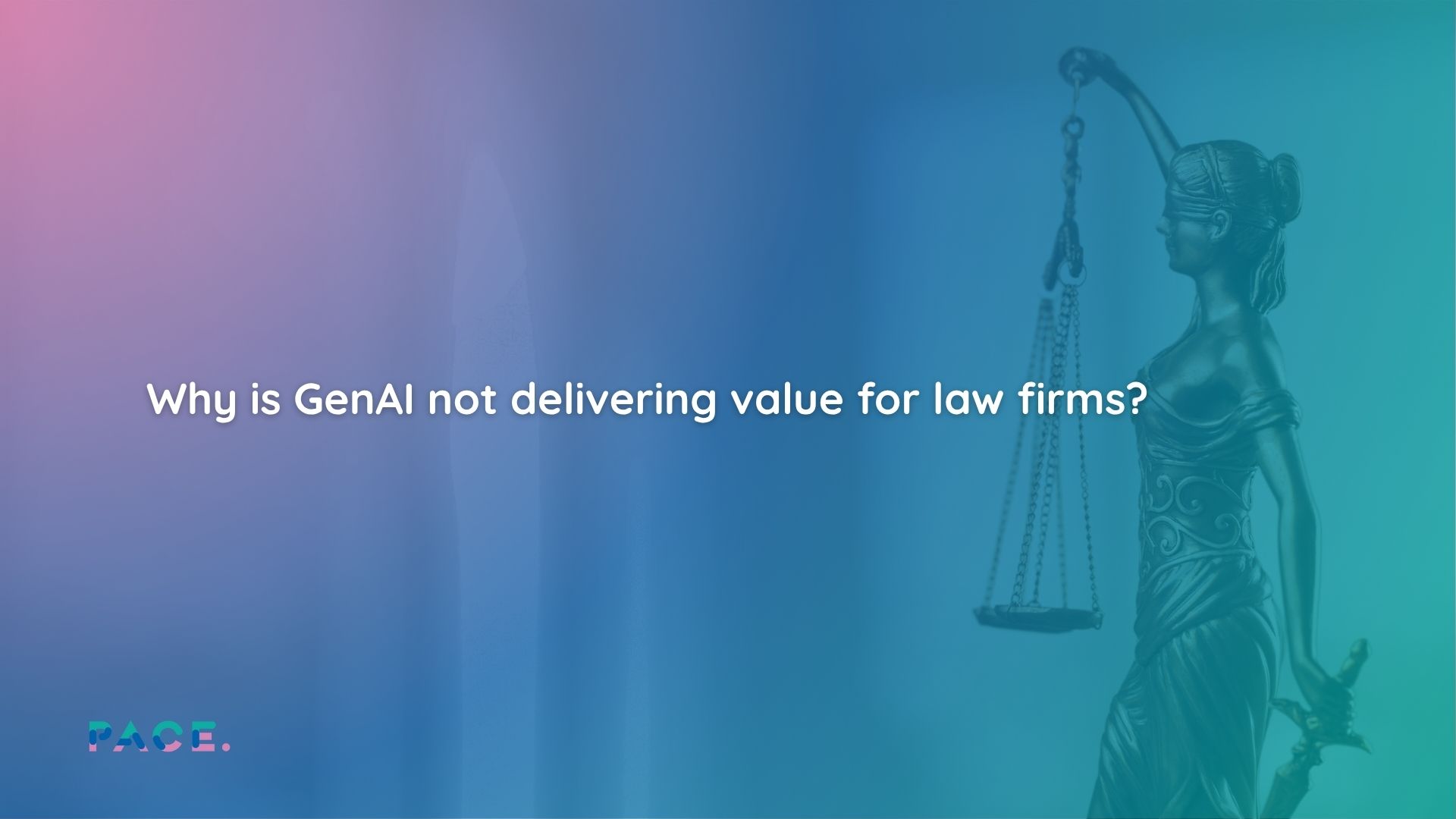 Insights
InsightsHere are five major takeaways that we came back with from the 2024 Gartner IT Symposium/Xpo™ in Barcelona.
Our outside in thinking means that we share what we learn with our customers in a way that we believe delivers insight to them, to help them to stay competitive and innovative in an evolving tech landscape.
1. AI-Powered Business Transformation
AI is central to business strategy, with executives viewing it as essential for operational efficiency and innovation. Over 75% of tech-related conversations focus on AI, with a particular interest in autonomous operations and dynamic, AI-enabled capacity adjustments.
Insight: AI integration offers a competitive advantage but requires targeted investment in AI governance, security, and cost management. Effective use of AI in the workplace, especially for low-complexity tasks, can significantly boost productivity. However, for complex roles, AI can enhance experienced workers’ outcomes.
Our recommendation: Prioritise AI adoption in a way that aligns with the pace your organisation needs, which should be driven by your business outcomes and strategic alignment. If being an AI first or AI differentiated organisation is important to you, you need to accelerate your thinking, but if you have less than ten GenAI pilots or GenAI is a tool to support your workforce, then a steady state is more desirable.
Those who invest in AI governance gain trust, a crucial factor for successful AI deployment.
2. The Emergence of the “Machine Customer”
Gartner anticipates a rise in “machine customers”, AI-powered systems or bots that make transactions on behalf of human users. By 2026, 30% of large companies are expected to dedicate a business unit to serve these machine customers.
Insight: As more organisations invest in machine customers, customer and employee experience needs rethinking to accommodate both human and machine interactions seamlessly.
Our recommendation: Organisations should prepare for this shift by developing machine-friendly customer journeys, adapting loyalty programs, and leveraging customer segmentation powered by AI to support human and non-human economic interactions.
3. New Models of Cybersecurity: Human-Centric and Proactive Approaches
Cybersecurity continues to top the list of board priorities, with companies increasingly adopting a human-centric security model. This approach addresses the high incidence of security breaches that stem from human errors.
Insight: Embedding a people component into cybersecurity helps create a culture of shared responsibility, making all employees proactive security advocates. Gartner notes that including everyone—not just IT—in security awareness programs helps shift the company culture towards resilience.
Our recommendation: Human autonomy must sit at the heart of process design for the best performance, reducing the risks caused by human error. Fostering a security-first culture at all levels is essential for adapting to the ever-evolving cybersecurity landscape.
4. Sustainable, Energy-Efficient Computing and Hybrid IT Models
As energy demands of IT infrastructure surge, organisations are moving towards more sustainable and energy-efficient computing practices. Hybrid computing models, combining classical and quantum computing, are expected to enable better data management and cost efficiencies.
Insight: These innovations support large-scale, real-time inventory tracking and smarter data management with reduced costs. Hybrid models also allow for seamless integration of different data types, making them ideal for handling both structured and unstructured data.
Our recommendation: Organisations can prepare for this shift by adopting sustainable practices and exploring hybrid IT solutions. This will position them to reduce energy costs and achieve scalability, flexibility, and resilience in their IT operations.
5. The Future of Technology Integration
The next wave of tech innovation will be where companies combine multiple technologies—such as AI, low-code platforms, RPA, and blockchain—to create new business models and products.
Insight: This approach encourages viewing technology as a toolkit for solving real-world business problems rather than isolated solutions. For instance, in industries like insurance, AI and RPA are used in tandem to speed up processes, but organisations must first ensure these processes are well-defined and efficient.
Our recommendation: To leverage technology integration effectively, organisations need to focus on organisational outcomes rather than just implementing the latest tech trends. Rethinking and aligning process, technology, and people allows organisations to harness the full potential of a combined technology approach.
We believe a process-led approach that prioritises human alignment with technology and empowers your team will drive industry transformation. We don’t look to AI as the tech solution to poor process and greater productivity, because, despite tech investment growing, productivity has dropped 75% since 2000 and staff dissatisfaction is at 70%. The adoption rate of Gen AI is proving to be too low for the investment, and whilst those early adopters may save time, that time won’t likely be spent on more productive tasks, but instead regaining a wellbeing balance – so any benefit should be seen as ‘Return on Employee’ – happier, more satisfied workforce. We instead are using vertical applications of AI targeted at driving efficiency into specific business processes.




